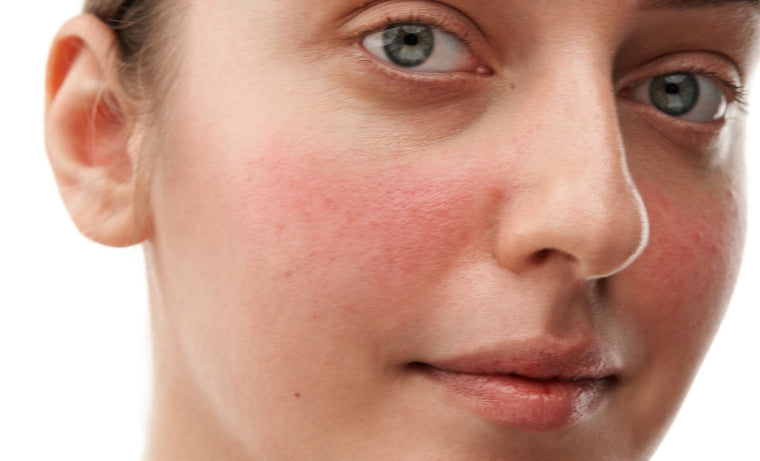
Kaip prižiūrėti jautrią odą?
Jei jums dažnai rausta veido oda, ypač skruostų, nosies ir net smakro ar kaktos srityje, šis įrašas yra tai, ko ieškote! Aptarsime, kaip susidaryti švelnią, bet efektyvią odos priežiūros rutiną,...

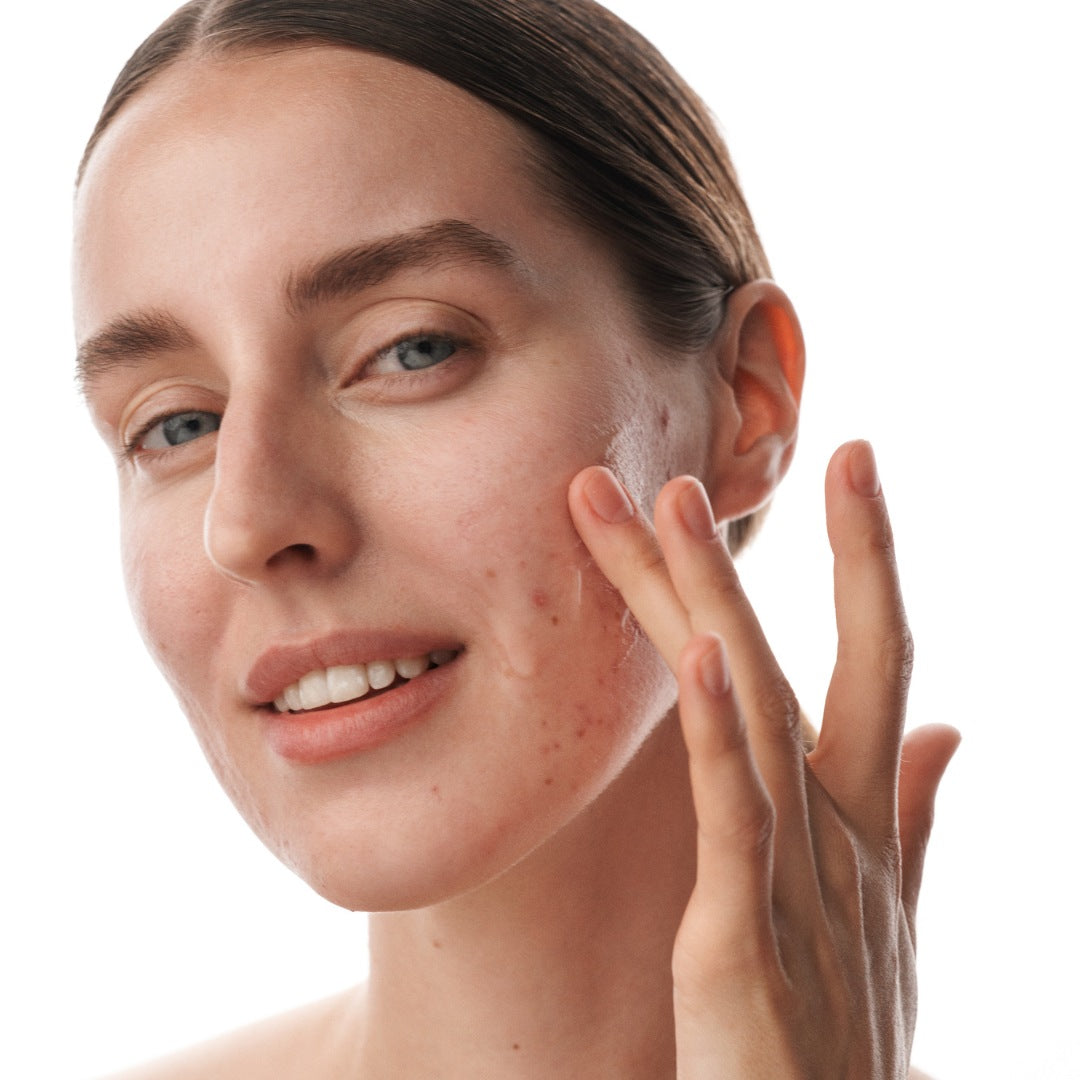
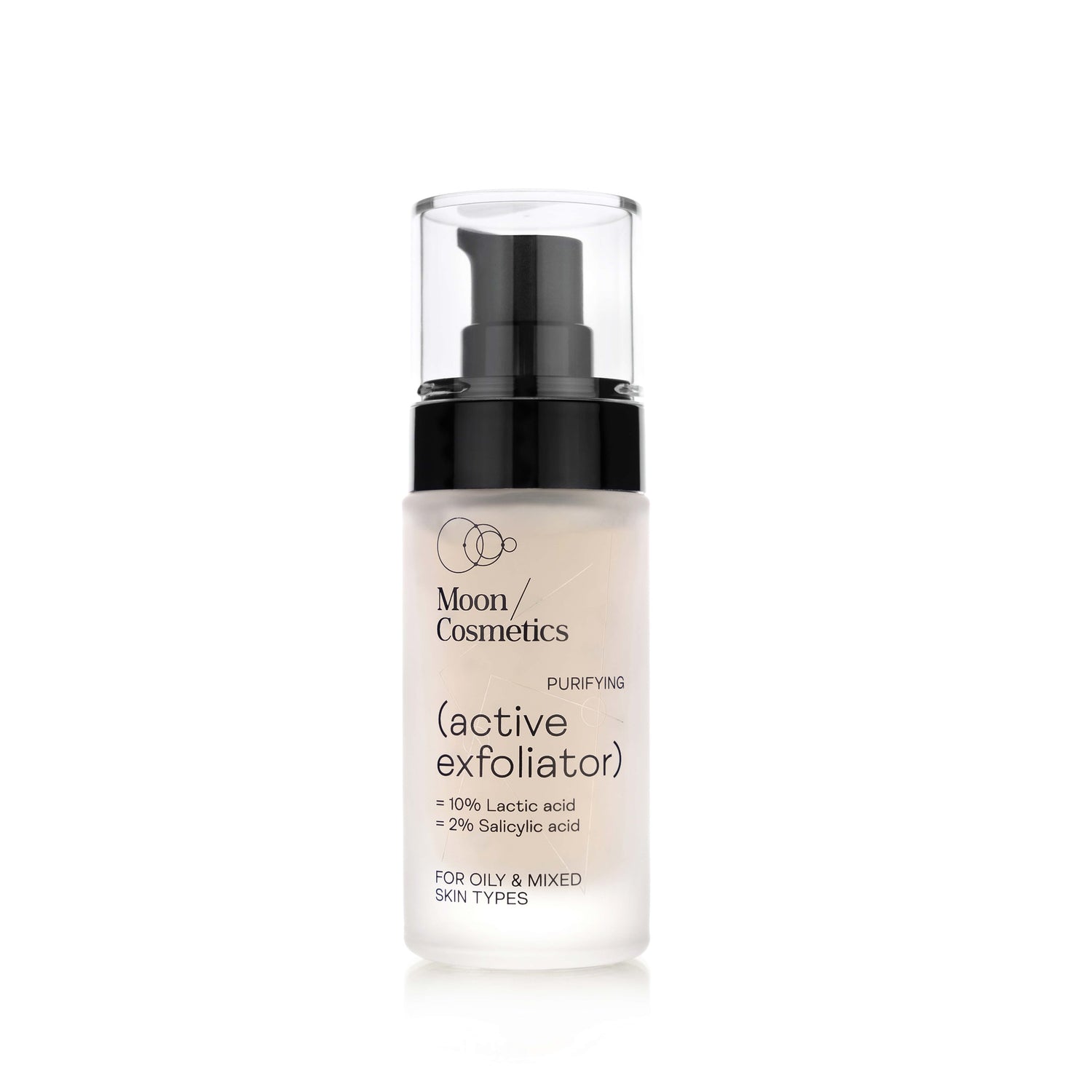
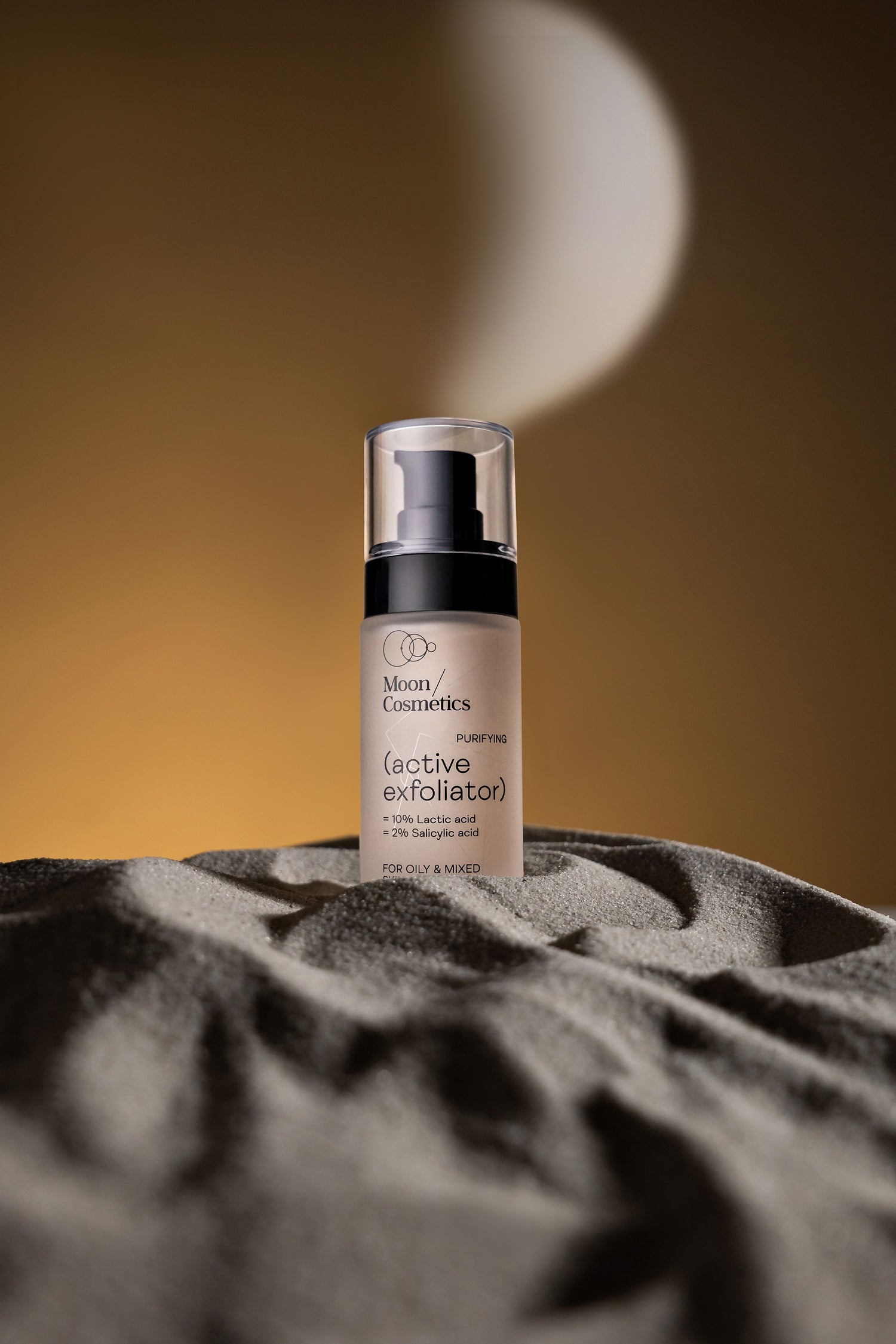
Couldn't load pickup availability
The facial gel has lactic and salicylic acids that aid in skin renewal and treat acne and PIH (postinflammatory hyperpigmentation). Exfoliating the skin, producing collagen, and lightening pigment spots are some benefits of lactic acid. Recommendations for acne and rosacea are products that work effectively [1]. The epidermis contains lipids that can dissolve Salicylic acid, which is useful in treating skin conditions such as acne and keratosis pilaris. Treating acne, keratosis pilaris, or psoriasis is possible with its keratolytic and comedolytic effects [2]. The product's hyaluronic acid aids in mitigating premature aging-related wrinkles, reducing irritations, promoting healing, and moisturizing the skin [3]. Gluconolactone boosts skin cell renewal and removes excess sebum from the skin surface [4]. Achieve even skin tone and prevent water loss through the skin with beta-glucan and inulin, respectively [5,6]. This product can help promote clear, clean, and radiant skin through frequent use.
Benefits:
Get the most out of your Regenerating Face Gel by using it concentrated in the evenings. Use 1-2 clicks of the dispenser to apply a thin, even layer of gel cream to the face and neck after cleansing the skin thoroughly. However, the eye area should be avoided while using the product.
Apply sunscreen with SPF while using this gel cream during the day to protect your skin from sun damage. Precautions should be taken while using the Regenerating Face Gel, such as avoiding direct contact with the eyes, keeping the product out of reach of children, and not using it if you have an allergy to any of the ingredients. It is also advisable to use sunscreen with SPF during the day to shield the skin from sun damage.
AQUA, PROPANEDIOL, LACTIC ACID, SODIUM HYDROXIDE, SALICYLIC ACID, GLUCONOLACTONE, INULIN, SODIUM HYALURONATE, BETA GLUCAN, PECTIN, XYLITOL, XYLITYLGLUCOSIDE, ANHYDROXYLITOL, GLUCOSE, FRUCTOSE, SCLEROTIUM GUM, PHENYLPROPANOL, CAPRYLYL GLYCOL.
Gently exfoliate and renew skin cells with the unique lactic and salicylic acid combination found in the gel-like cream. Moreover, this help to fight against inflammation and combat the issues of damaged skin due to acne. The cream's unique formula gently stimulates cell renewal and guards against acne, reducing skin texture, color unevenness, and irritation. Acne-prone skin can be treated effectively with lactic acid, thanks to its exfoliating and anti-inflammatory properties. After 12 weeks of application, a lotion that has 5% lactic acid can reduce inflammatory lesions by 61% and non-inflammatory ones by 43.3%.
The skin's moisturizing factor features lactic acid. By promoting the production of ceramides, it supports the skin's protective function and moisture retention. The reduction of fine line depth and firmer skin are the outcomes of this process. Oily and acne-prone skin greatly benefits from salicylic acid's ability to penetrate the skin's pores effectively. Reducing skin scaling and preventing further exacerbations of these conditions are benefits of its exfoliating properties for rough and uneven skin problems, like keratosis pilaris and psoriasis.
Lactic acid
(INCI: LACTIC ACID)
Containing both carboxy and hydroxy groups, lactic acid is an alkanoic acid that is identified by its INCI name LACTIC ACID. The clear, syrupy LACTIC ACID liquid is colorless or slightly yellow and can be effortlessly mixed with water and alcohol. Various bodily fluids including sweat, muscle serum, kidney, bile, and saliva contain L-(+) lactic acid. Being an alpha-hydroxy acid, lactic acid has moisture-absorbing abilities. Lactic acid lactates perform an essential function in metabolic processes by breaking down sugars during lactic acid fermentation. In addition to breaking down sugars during fermentation, lactic acid helps balance the skin's pH. This helps maintain a balanced pH value of the skin. Lactic acid's hygroscopic properties can assist in skin moisture, along with proteins, sugar, and urea. Lactic acid is frequently utilized in skin creams to address dry skin areas. A combination of other substances is typically used to regulate the pH level of skin care products and safeguard the skin's protective acid layer from harm. In addition, lactic acid's keratolytic properties that prevent keratinization are utilized in skin care and stratum corneum improvement products. Liquid soaps rely on lactic acid's ability to eliminate bacteria [12].
AQUAXYL™ (INCI: XYLITYLGLUCOSIDE, ANHYDROXYLITOL, XYLITOL)
AQUAXYL™ is a hydro concept that aims to keep skin moisturized by promoting moisture circulation throughout all layers and increasing hyaluronic acid production. The protective barrier of the skin is fortified and water loss is prevented within 24 hours by using this blend of active ingredients. Use for 28 days, and experience softer and smoother skin with a regular rate of cell renewal due to AQUAXYL™ strengthening the skin's natural protective barrier. The active ingredients in AQUAXYL™ control the skin's water circulation, as determined by cosmetogenomics, and enhance the production of essential lipids and proteins involved in forming the skin's outermost layer. This ingredient has obtained COSMOS, ECOCERT, and Natrue certifications.
Hyaluronic acid (INCI: SODIUM HYALURONATE)
Sodium hyaluronate is also recognized as hyaluronic acid and naturally present in the human body. Its role is crucial in different tissues like the skin and connective tissues. Retaining water is one of its key functions, this leads to soft and smooth skin. Aging decreases hyaluronic acid production, leading to less elasticity and more wrinkles. Many face masks and eye creams contain hyaluronic acid as an active ingredient to keep the skin looking smoother for longer. One of the main functions of hyaluronic acid is to bind water in the top layer of skin cells, retaining moisture and reducing wrinkles. [13].
Salicylic acid (INCI: SALICYLIC ACID)
Its ability to easily penetrate pores makes this fat-soluble acid a popular ingredient in acne-prone skin cosmetics. In addition, salicylic acid possesses anti-inflammatory characteristics that can lessen the creation of pro-inflammatory prostaglandins. Essential oils contain salicylic acid in the form of its methyl ester, which also functions as a protective agent in various plants. Salicylic acid is useful in cosmetic peeling as it can cause exfoliation of dead skin cells and unclogger pores by breaking cell connections in the stratum corneum. [14].
Beta glucan (INCI: BETA GLUCAN)
Cosmetic ingredient lists refer to BETA GLUCAN as a complex sugar or polysaccharide, obtained from natural sources like yeast, mushrooms, seaweed, and oats. Sensitive skin types often benefit from using skincare products that contain beta-glucan as it provides a calming effect and helps address various skin issues. Diminish signs of aging and sun damage using antioxidants present in this ingredient.
Inulin (INCI: INULIN)
The prebiotic properties of INULIN, a complex carbohydrate, can improve the skin's microbiome. In addition to chicory root and sugar cane, this ingredient can be found in wheat, onions, garlic, burdock, artichokes, and leeks. In the context of cosmetics, inulin can be beneficial for sensitive and reactive skin types, allowing them to better tolerate common preservatives in beauty products. In addition, inulin, a complex carbohydrate, can be advantageous for sensitive skin and slow down the loss of water by binding water to the skin's surface. Fructose is often added to inulin in cosmetic formulations for a combined prebiotic effect on skin moisture and the microbiome.
Gliukonolactone (INCI: GLUCONOLACTONE)
Combining classification as a polyhydroxy acid or PHA, and exfoliating properties, Gluconolactone can dissolve dead and dry skin cells through targeting junctions between them called desmosomes effectively. Improved skin texture and tone are just a few benefits of using gluconolactone, a PHA that also can remove excess sebum. The high molecular weight of this acid ensures minimal skin penetration, reducing the risk of skin redness and flaking among other adverse effects. Gluconolactone is a humectant due to its extra hydroxyl groups, attracting water to the skin. Gluconolactone is also equipped with antioxidant properties that empower it to counterbalance free radicals.
[1] ABD ALSAHEB, Ramzi A., et al.
Lactic acid applications in pharmaceutical and cosmeceutical industries. Journal
of Chemical and Pharmaceutical Research, 2015, 7.10: 729-735.
[2] ARIF,
Tasleem. Salicylic acid as a peeling agent: a comprehensive review. Clinical,
cosmetic and investigational dermatology, 2015, 455-461.
[3] ZHU,
Jieyu, et al. Applications and delivery mechanisms of hyaluronic acid used for
topical/transdermal delivery–a review. International journal of
pharmaceutics, 2020, 578: 119127.
[4] GRIMES,
Pearl E., et al. The use of polyhydroxy acids (PHAs) in photoaged skin. Cutis,
2004, 73.2 Suppl: 3-13.
[5] NIZIOŁ-ŁUKASZEWSKA,
Zofia, et al. Inulin as an effectiveness and safe ingredient in cosmetics. Polish
Journal of Chemical Technology, 2019, 21.1: 44-49.
[6] DU,
Bin; BIAN, Zhaoxiang; XU, Baojun. Skin health promotion effects of natural
beta‐glucan derived from cereals and microorganisms: a review. Phytotherapy
Research, 2014, 28.2: 159-166.
[7] GARG,
Taru, et al. Long term topical application of lactic acid/lactate lotion as a
preventive treatment for acne vulgaris. Indian Journal of Dermatology,
Venereology and Leprology, 2002, 68: 137.
[8] ALGIERT‐ZIELIŃSKA,
Barbara; MUCHA, Paulina; ROTSZTEJN, Helena. Lactic and lactobionic acids as
typically moisturizing compounds. International journal of dermatology,
2019, 58.3: 374-379.
[9] FLUHR,
Joachim W.; CAVALLOTTI, Claudia; BERARDESCA, Enzo. Emollients, moisturizers,
and keratolytic agents in psoriasis. Clinics in dermatology, 2008, 26.4:
380-386.
[10] DU,
Bin; BIAN, Zhaoxiang; XU, Baojun. Skin health promotion effects of natural
beta‐glucan derived from cereals and microorganisms: a review. Phytotherapy
Research, 2014, 28.2: 159-166.
[11] YU,
Ruey J.; SCOTT, Eugene J. Van. Hydroxycarboxylic Acids, N‐Acetylamino Sugars,
and N‐Acetylamino Acids. SKINmed: Dermatology for the Clinician, 2002,
1.6: 117-122.
[12] Online Access: https://cosmileeurope.eu/lt/inci/sudedamoji-dalis/7749/lactic-acid/
[13] Online Access:
https://cosmileeurope.eu/lt/inci/sudedamoji-dalis/14809/sodium-hyaluronate/
[14] Online Access:
https://cosmileeurope.eu/lt/inci/sudedamoji-dalis/14076/salicylic-acid/
Is it recommended to use the regenerating facial gel with salicylic and lactic acid along with retinol?
Avoid pairing the regenerating facial gel with lactic acid and salicylic acid or with additional exfoliating products that have retinoids as well as closely related ingredients. Over-exfoliation of the skin can be harmful and cause irritation.
How should I use the regenerating face gel with salicylic and lactic acid if I have not used products with acids before?
We suggest slowly introducing this product to the skin on initial use. It is recommended to introduce the product gradually by applying acidic products every third or fourth night and increasing the usage frequency later. To get the best results, avoid using other exfoliating products like retinoids with this one.
Is it okay to use the regenerating facial gel with salicylic and lactic acid with a vitamin C serum?
Avoid applying products that have lactic acid or other AHA and BHA acids and vitamin C together to avoid skin irritation. Combining AHA acids and Vitamin C can cause imbalanced pH levels, which can result in rare cases of skin irritations.
Do I need to use a serum or cream when applying the regenerating facial gel with salicylic and lactic acid?
No, as it is a skin-active, gel-like cream product that is designed for periodic at-home skincare routines. Even applying the facial gel with salicylic and lactic acid onto clean, dry facial skin results in the best outcome. The regenerating facial gel does not require removal after application, and it is advised to utilize it before bed.
What are the possible side effects of using Regenerating Facial Gel with Salicylic Acid and Lactic Acid?
The Regenerating Facial Gel with Salicylic Acid and Lactic Acid comprises polysaccharides to prevent skin irritation stemming from high-concentration acidic products as well as other moisturizing and skin-soothing components. Alpha hydroxy acids and polyhydroxy acids can both lead to skin flaking but can also increase the production of glycosaminoglycans and collagen fibers. Despite this, skin redness and irritation may still occur with these acids. To prevent side effects, blending skin moisturizers with different sugars can amplify the product's efficacy and render it innocuous for sensitive skin.

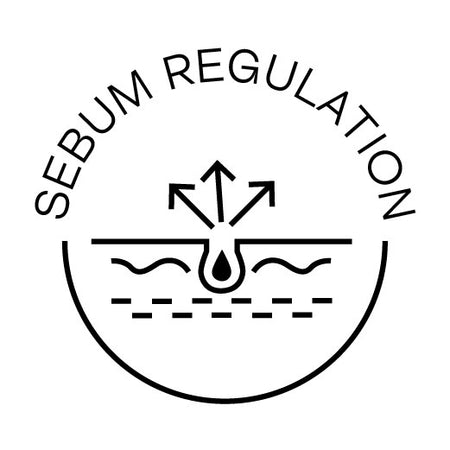

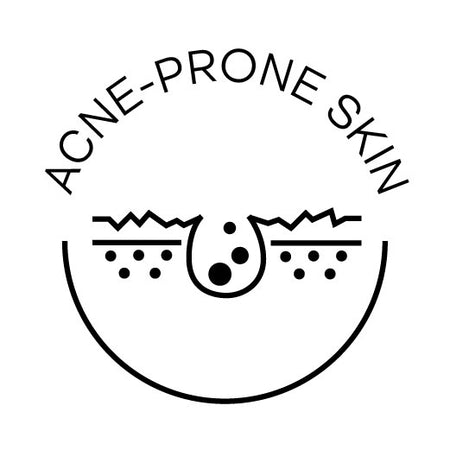
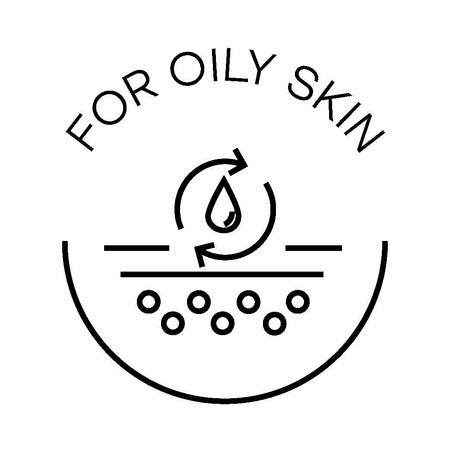
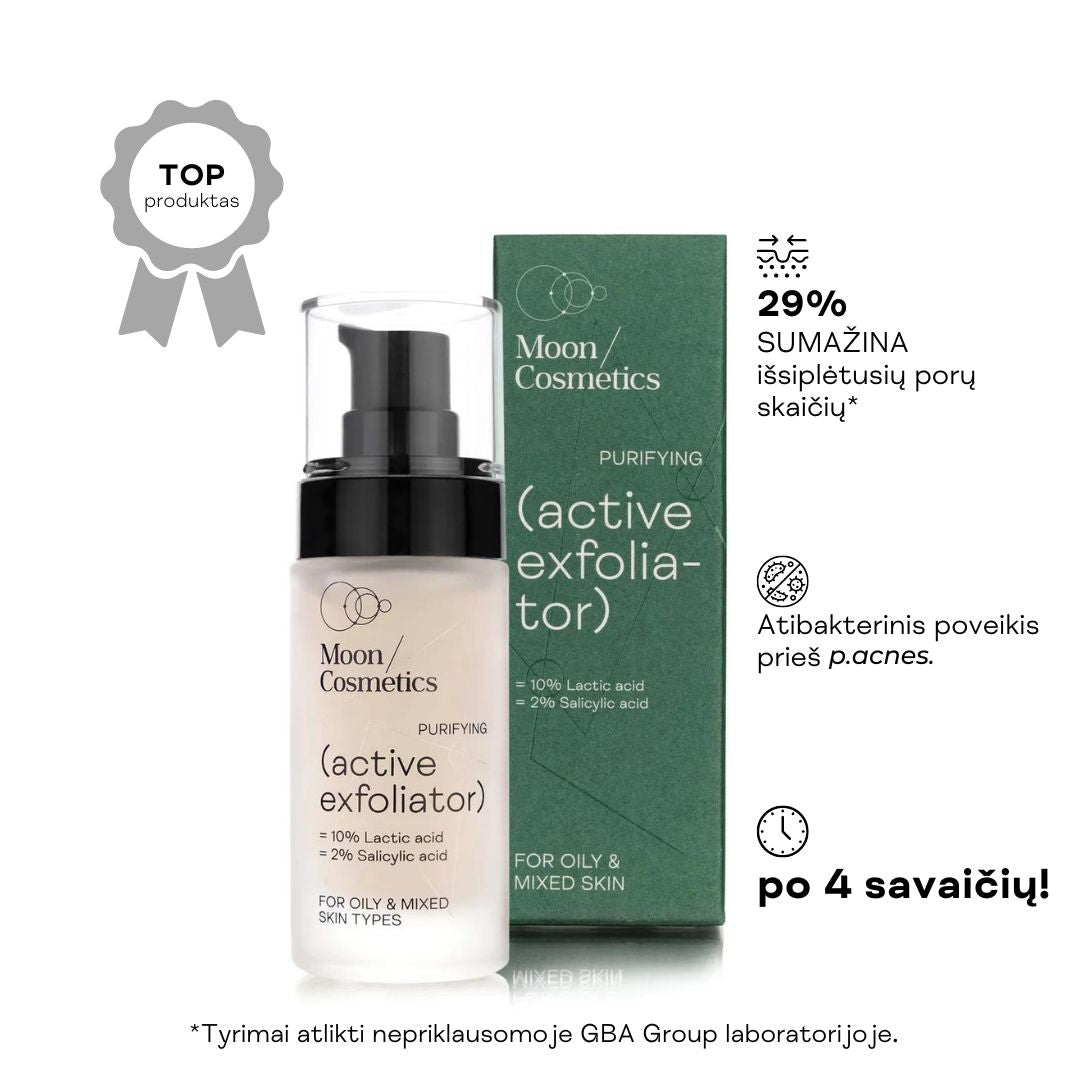
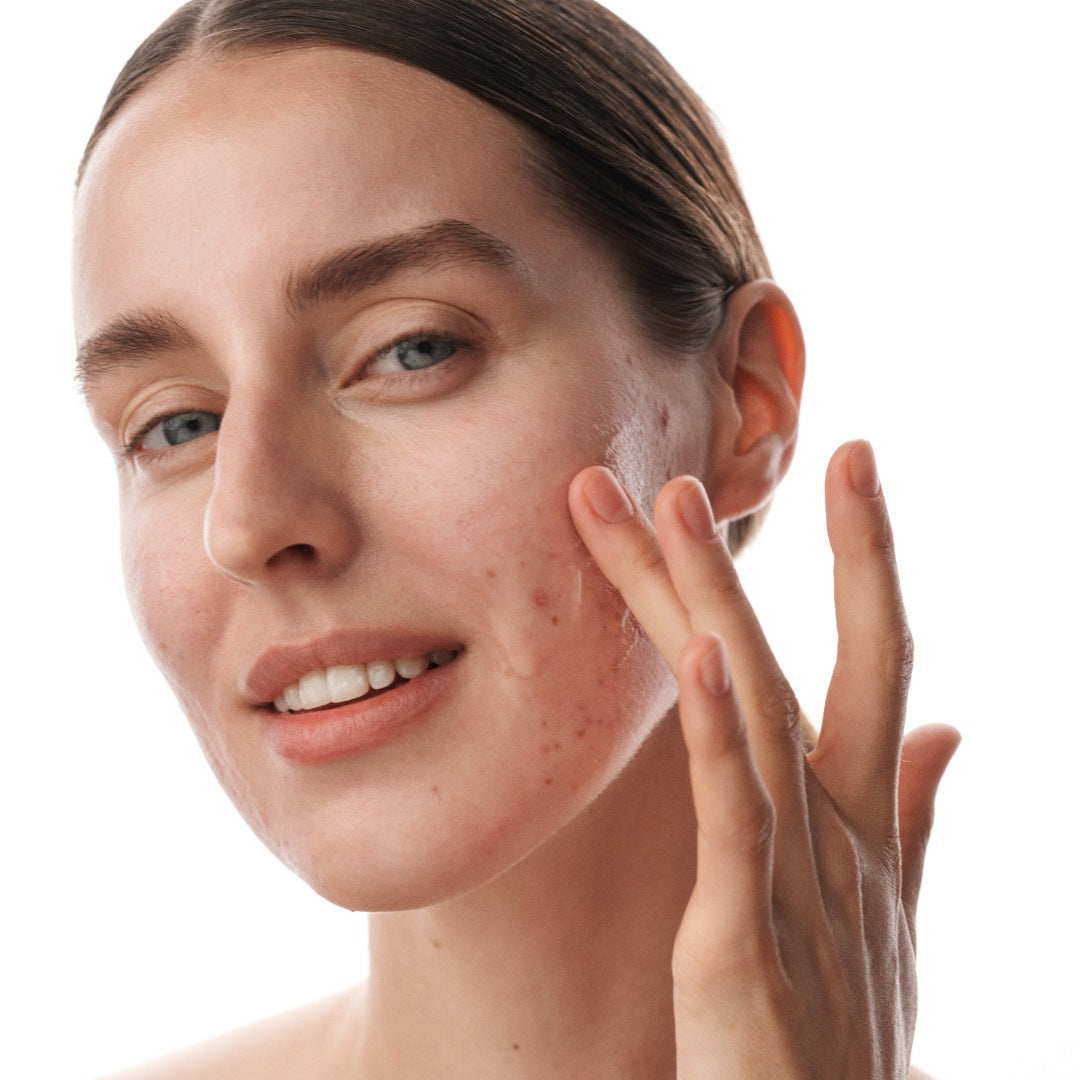
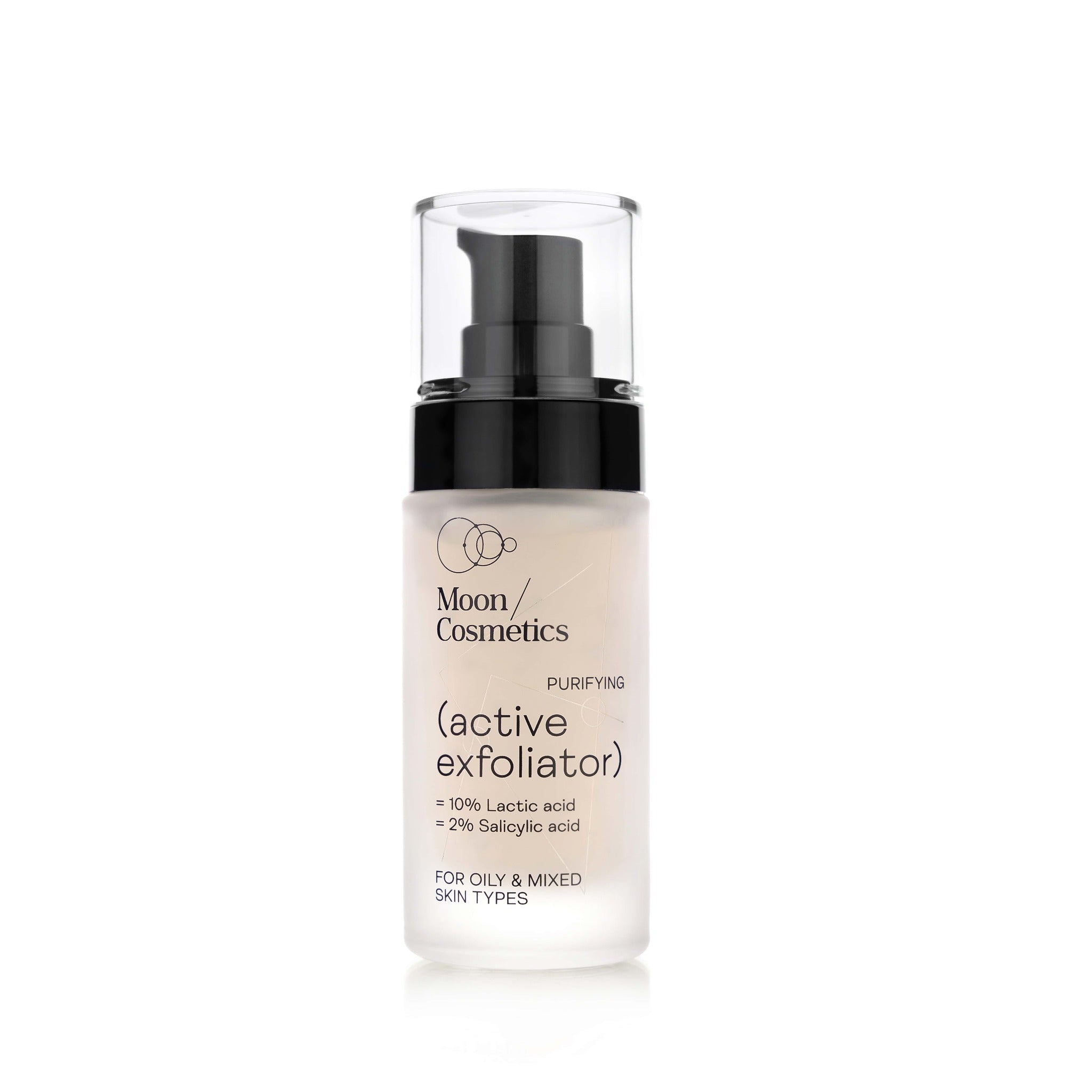
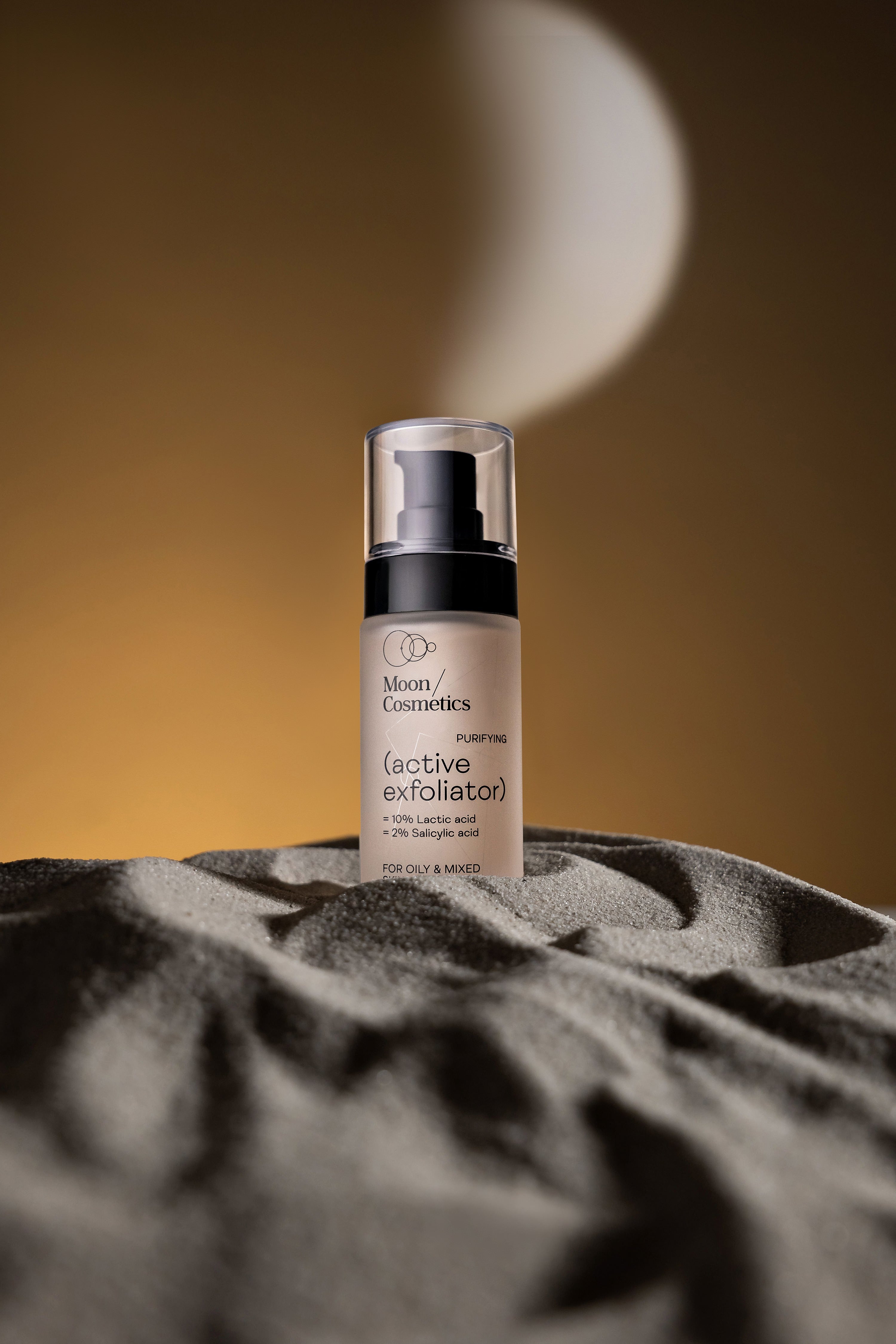

Regenerating face gel with salicylic and lactic acid

Jei jums dažnai rausta veido oda, ypač skruostų, nosies ir net smakro ar kaktos srityje, šis įrašas yra tai, ko ieškote! Aptarsime, kaip susidaryti švelnią, bet efektyvią odos priežiūros rutiną,...
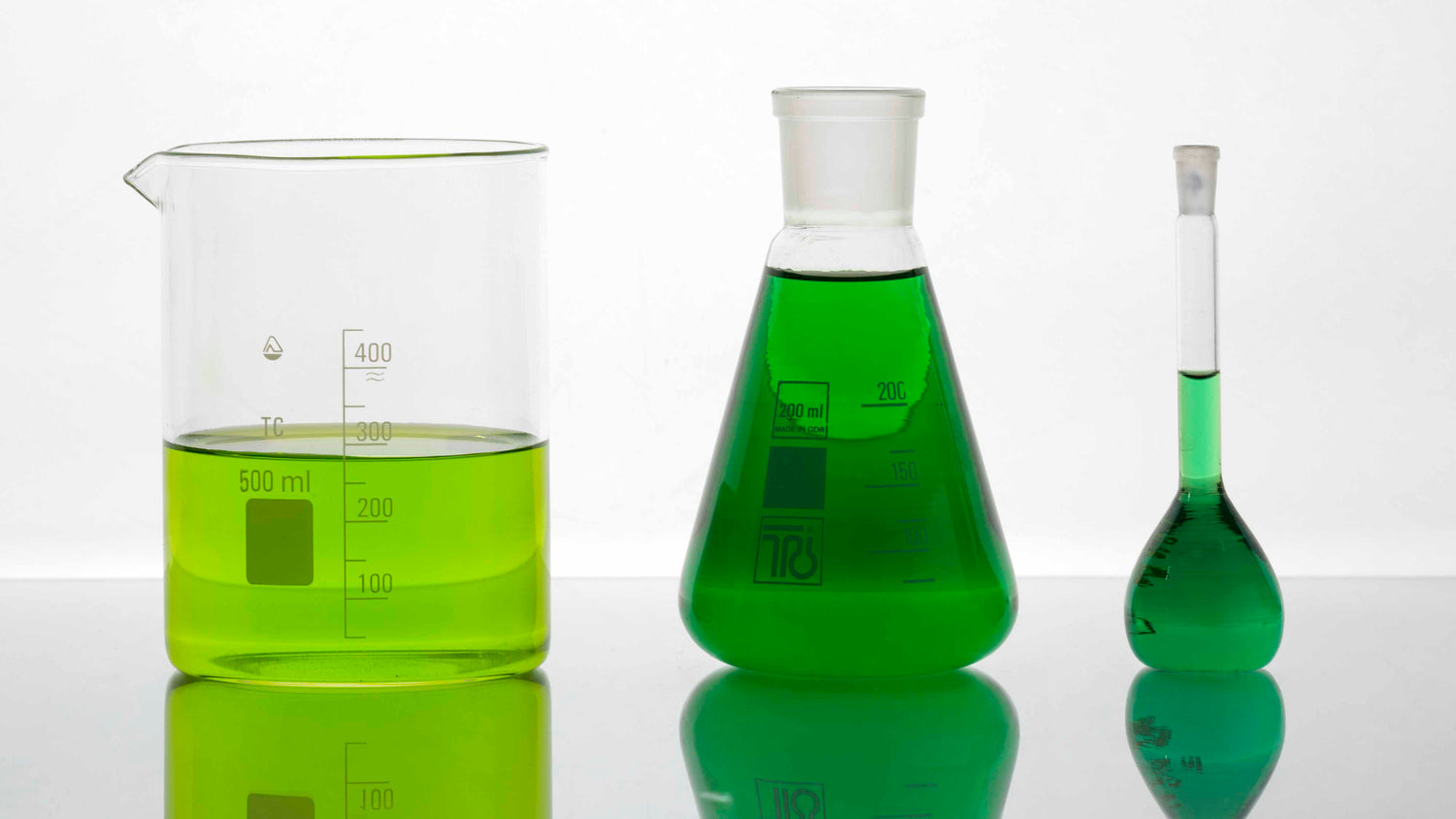
Pavasarį ir vasarą mūsų oda susiduria su įvairiais iššūkiais: didesniu saulės spindulių aktyvumu, dažnesniu prakaitavimu ir didele oro drėgme. Todėl itin svarbu pasirinkti teisingus produktus, kurie padėtų išlaikyti odą sveiką...
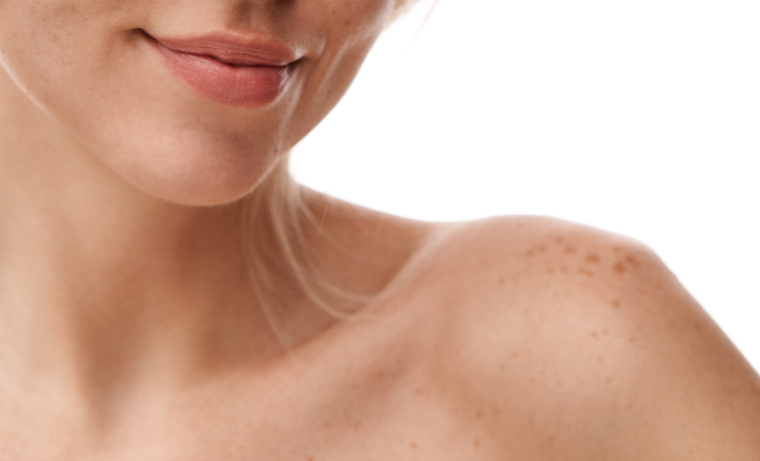
Su įvairiomis odos pigmentacijos problemomis susiduriame bene kiekvienas iš mūsų. Vieni kovoja su po spuogų likusiomis rausvomis dėmelėmis, kiti – su saulės spindulių sukeltomis dėmėmis. Suprasti, kaip atsiranda odos pigmentacija,...

